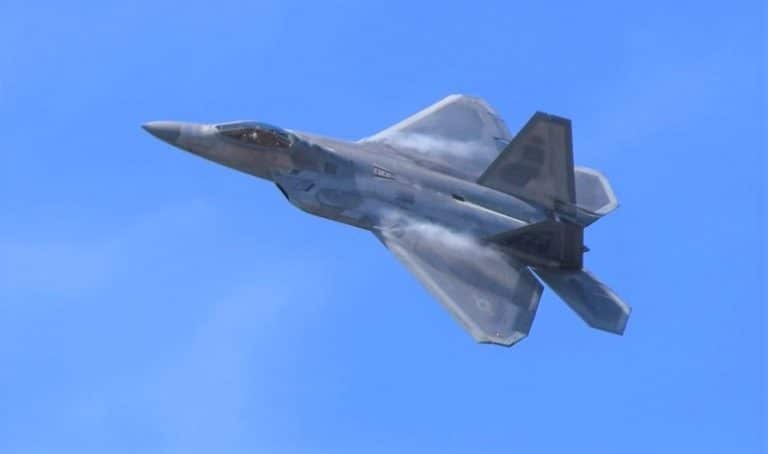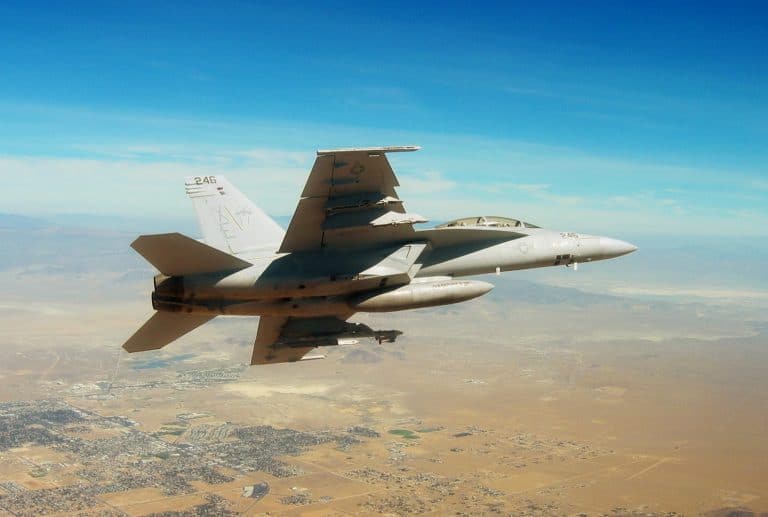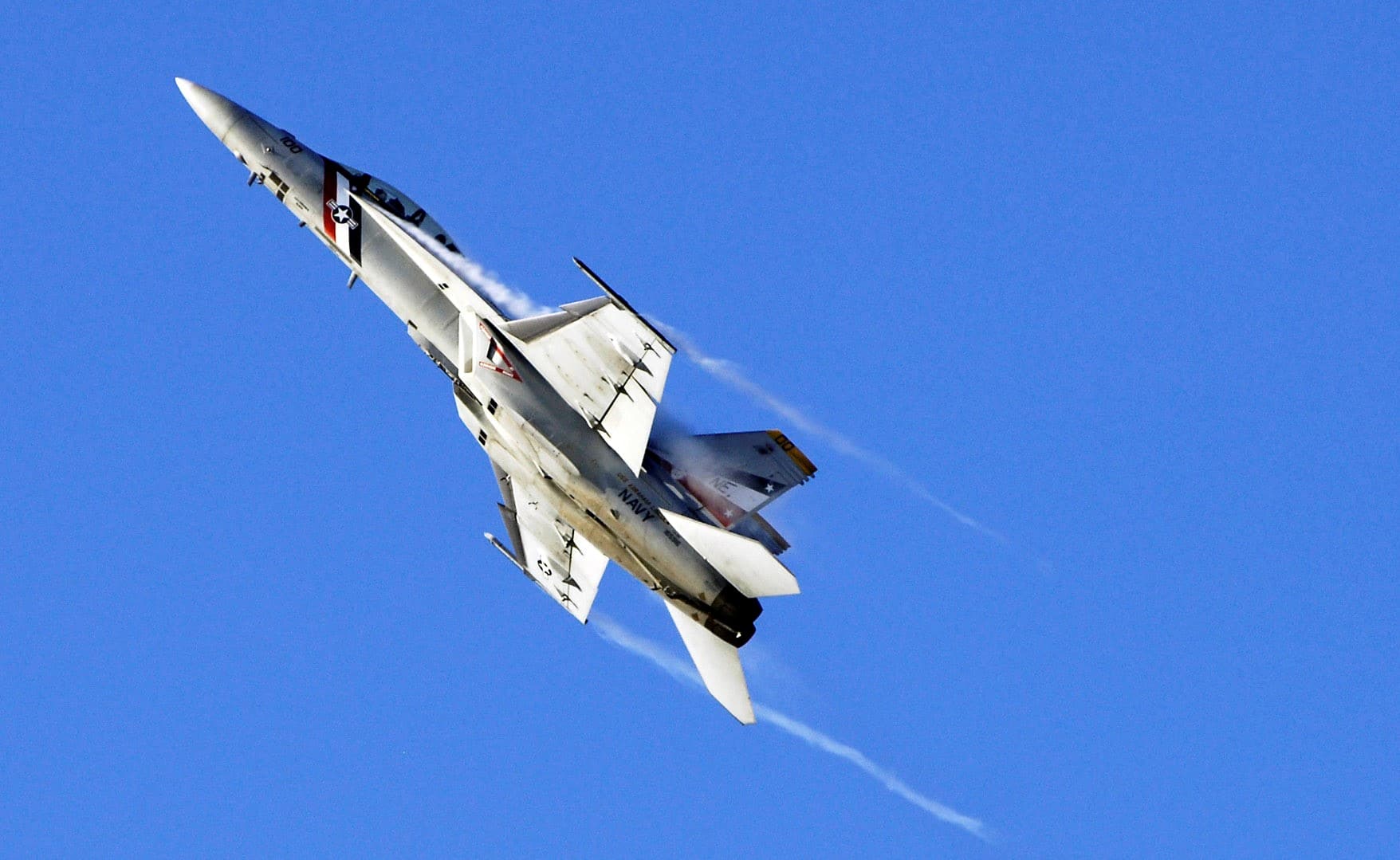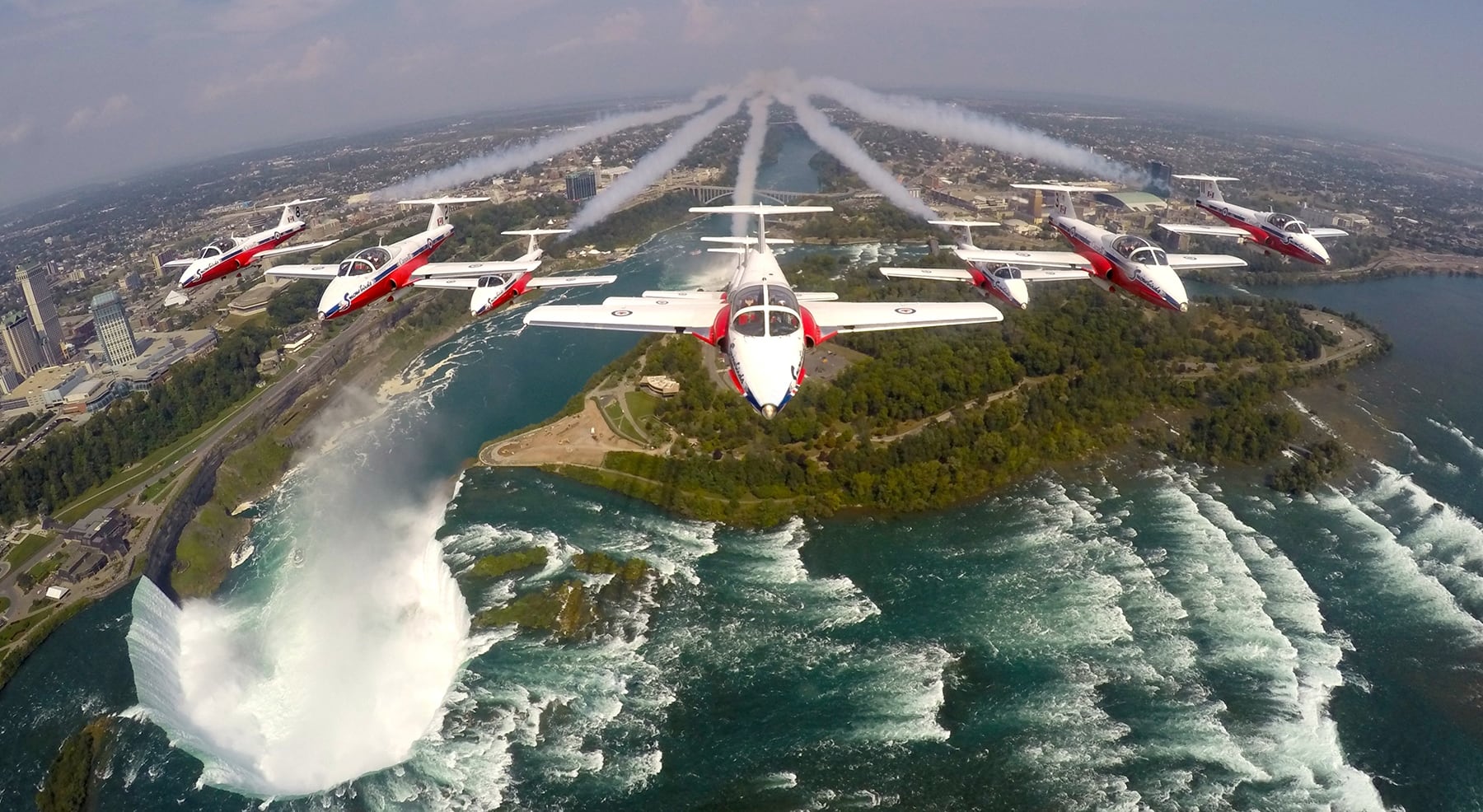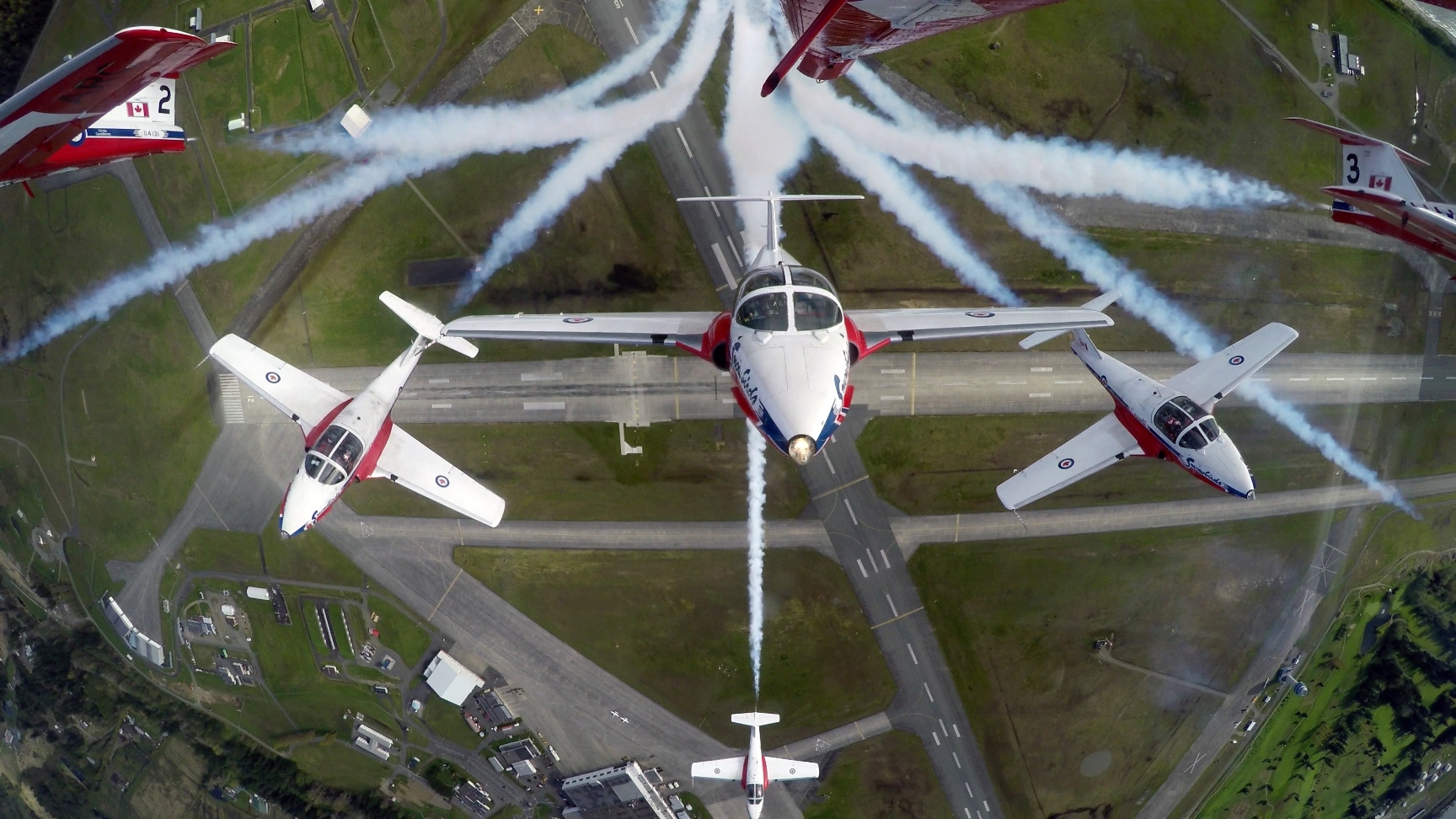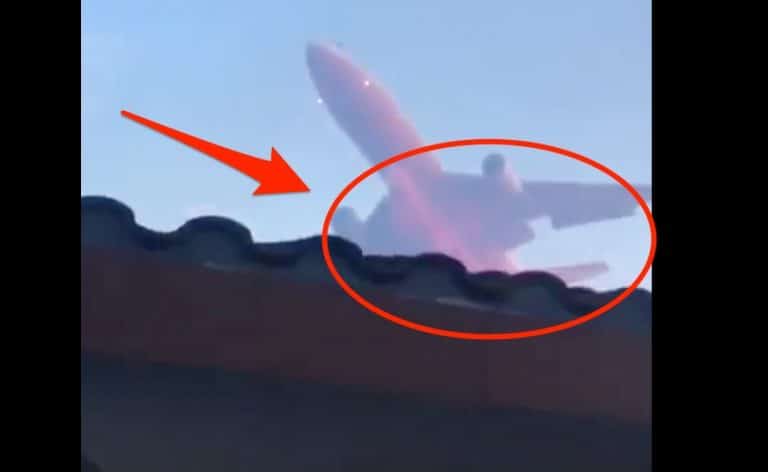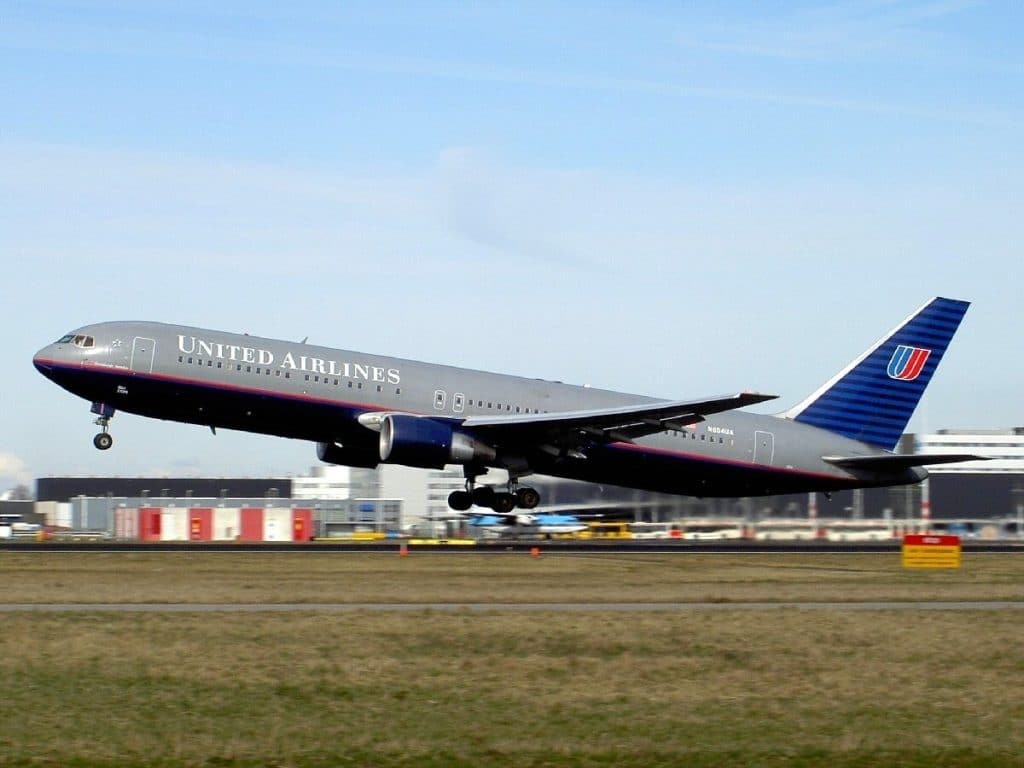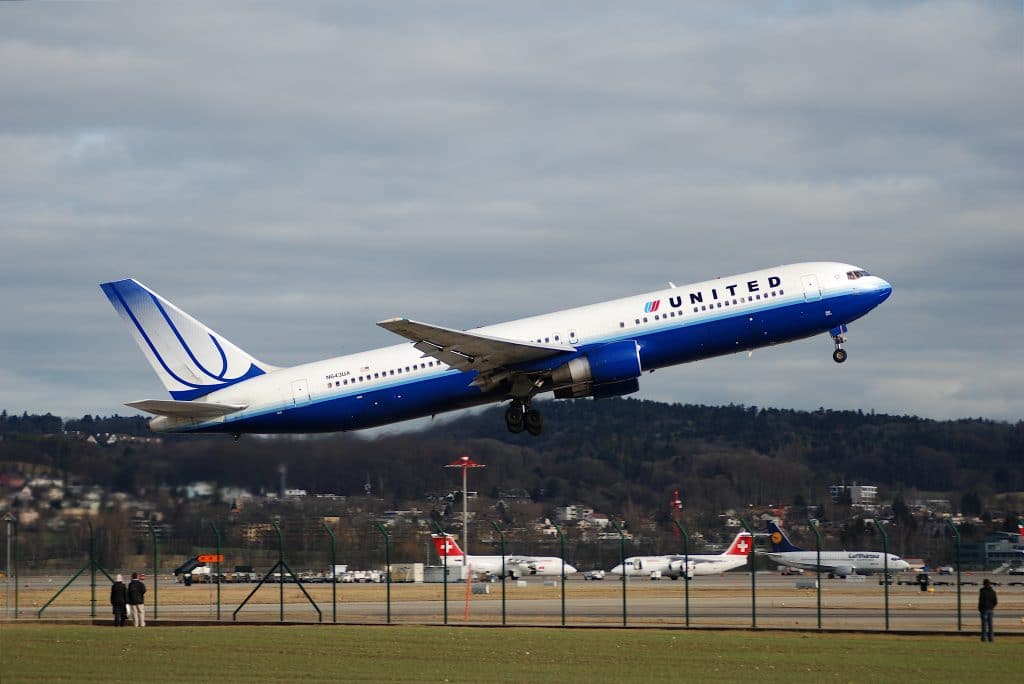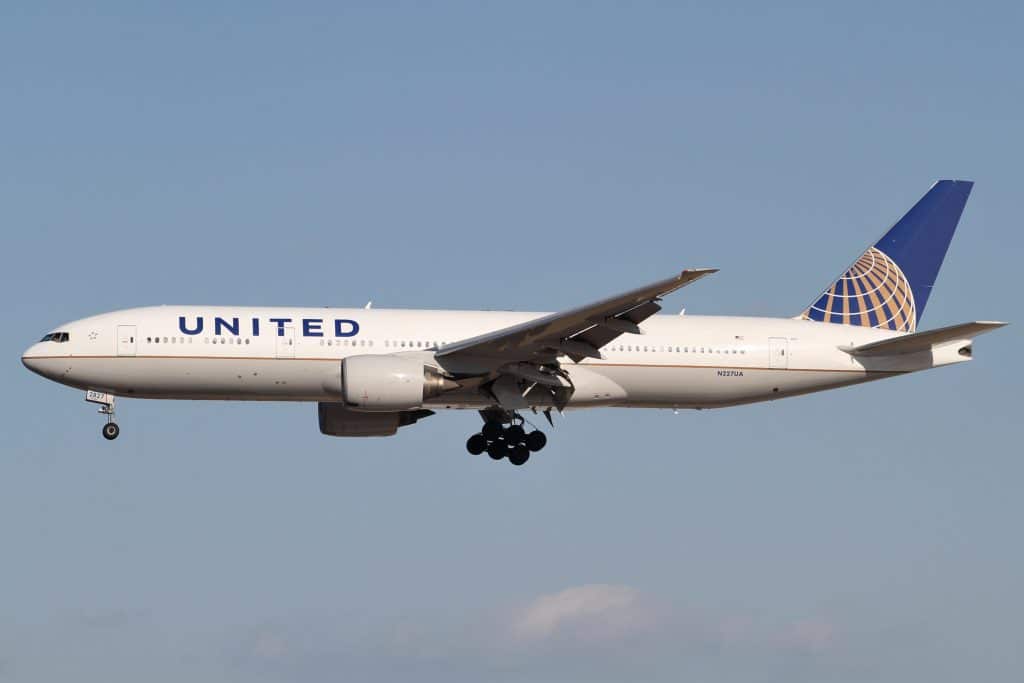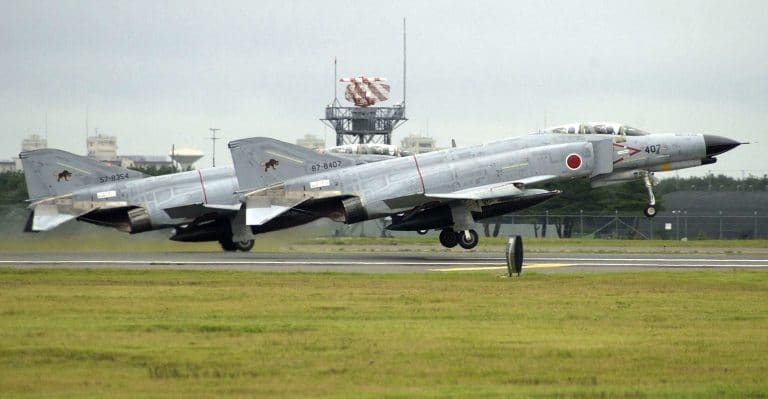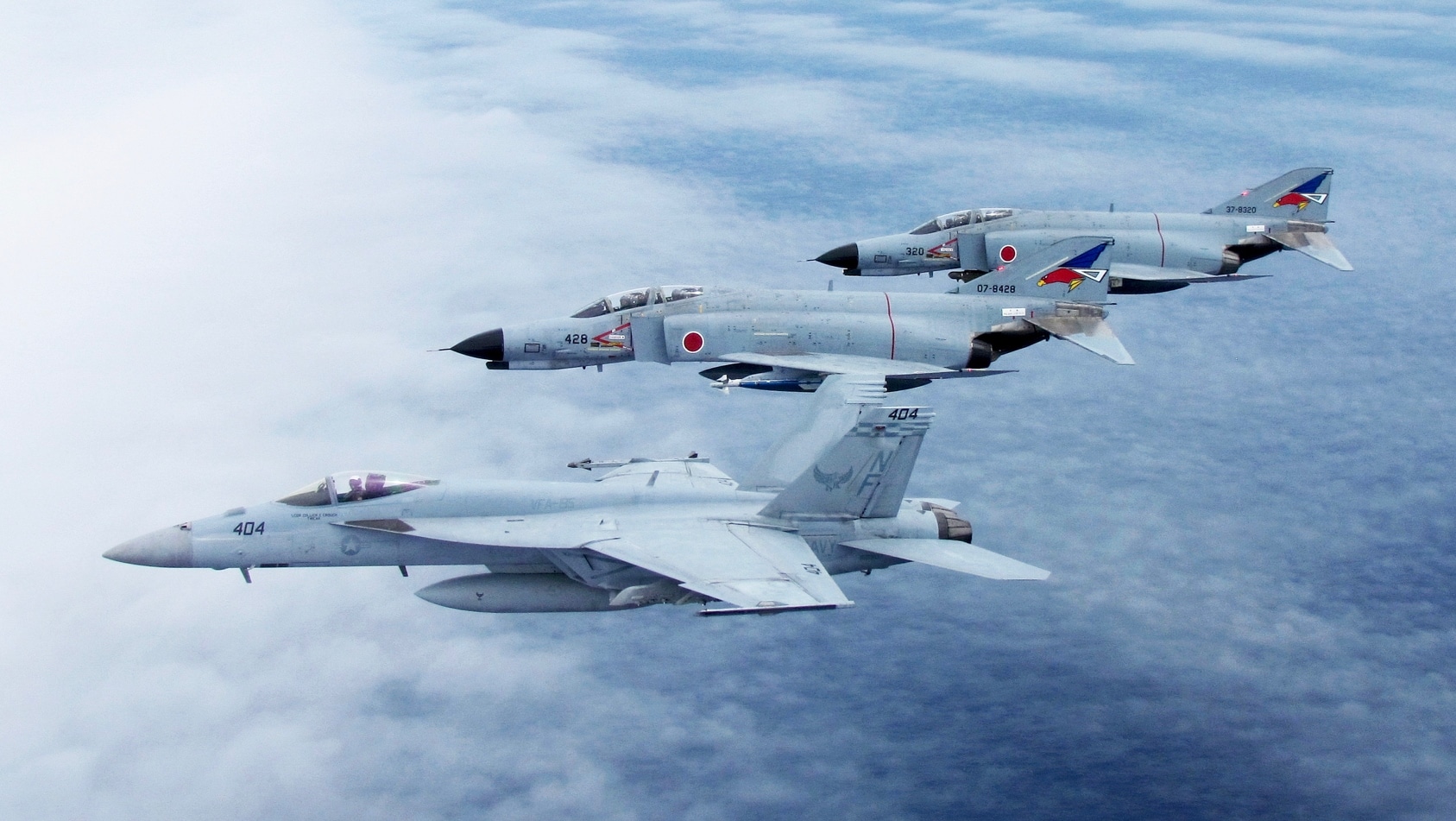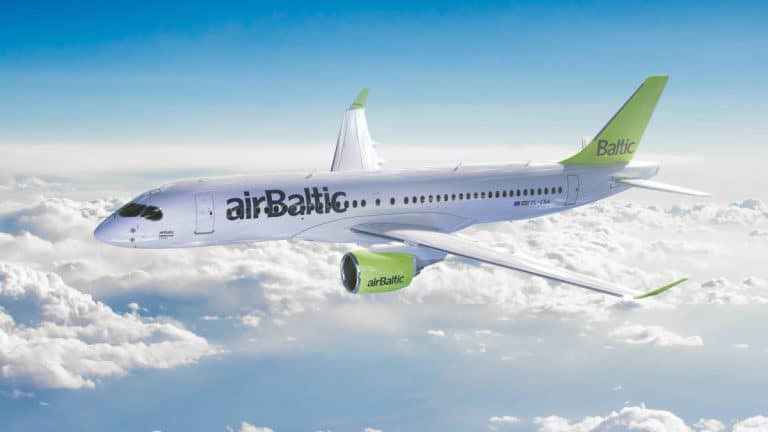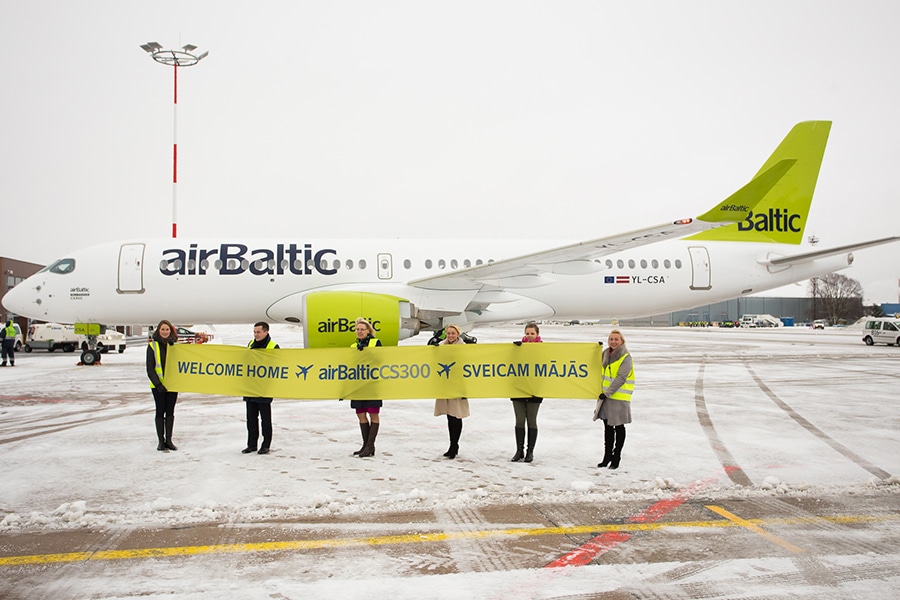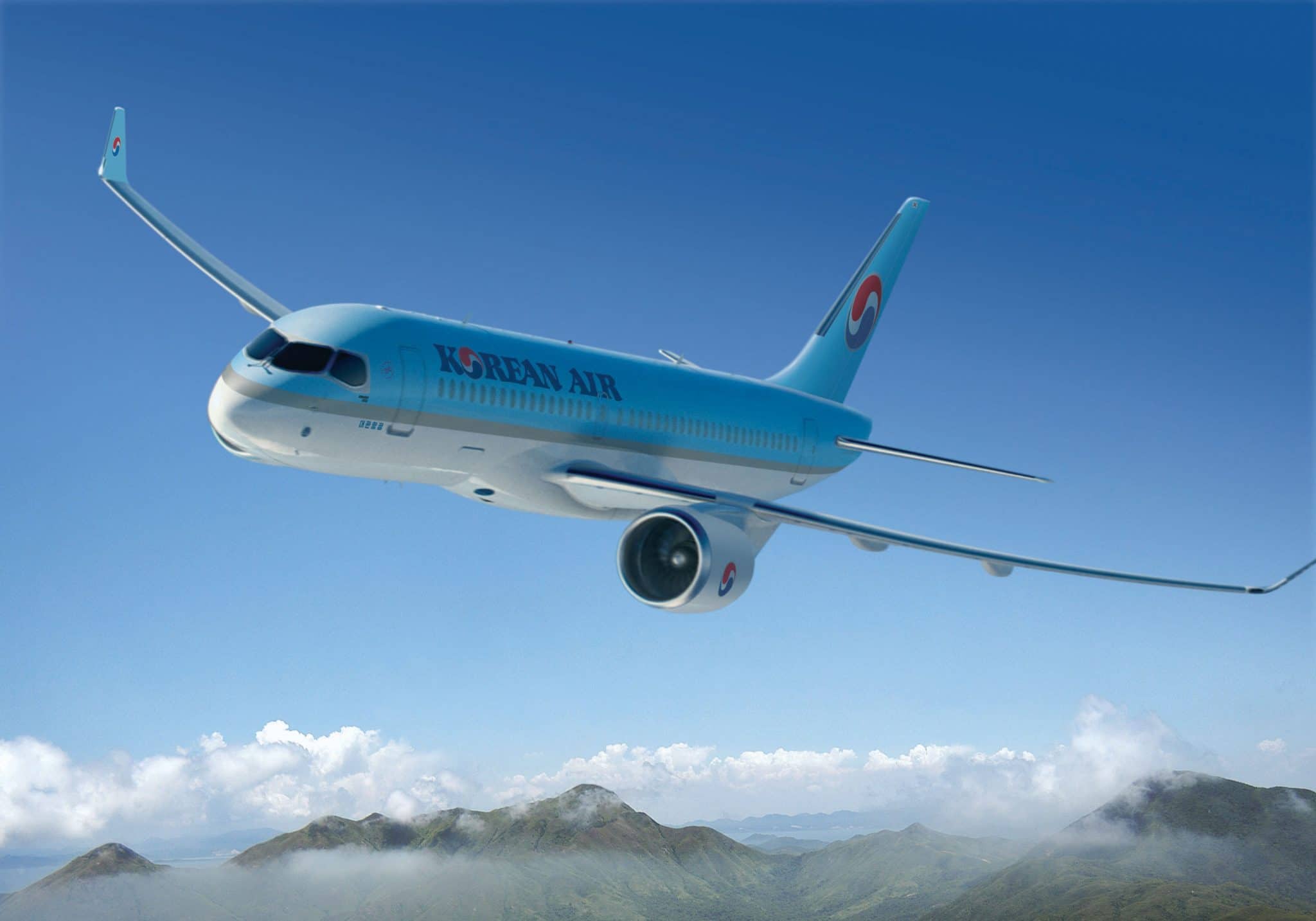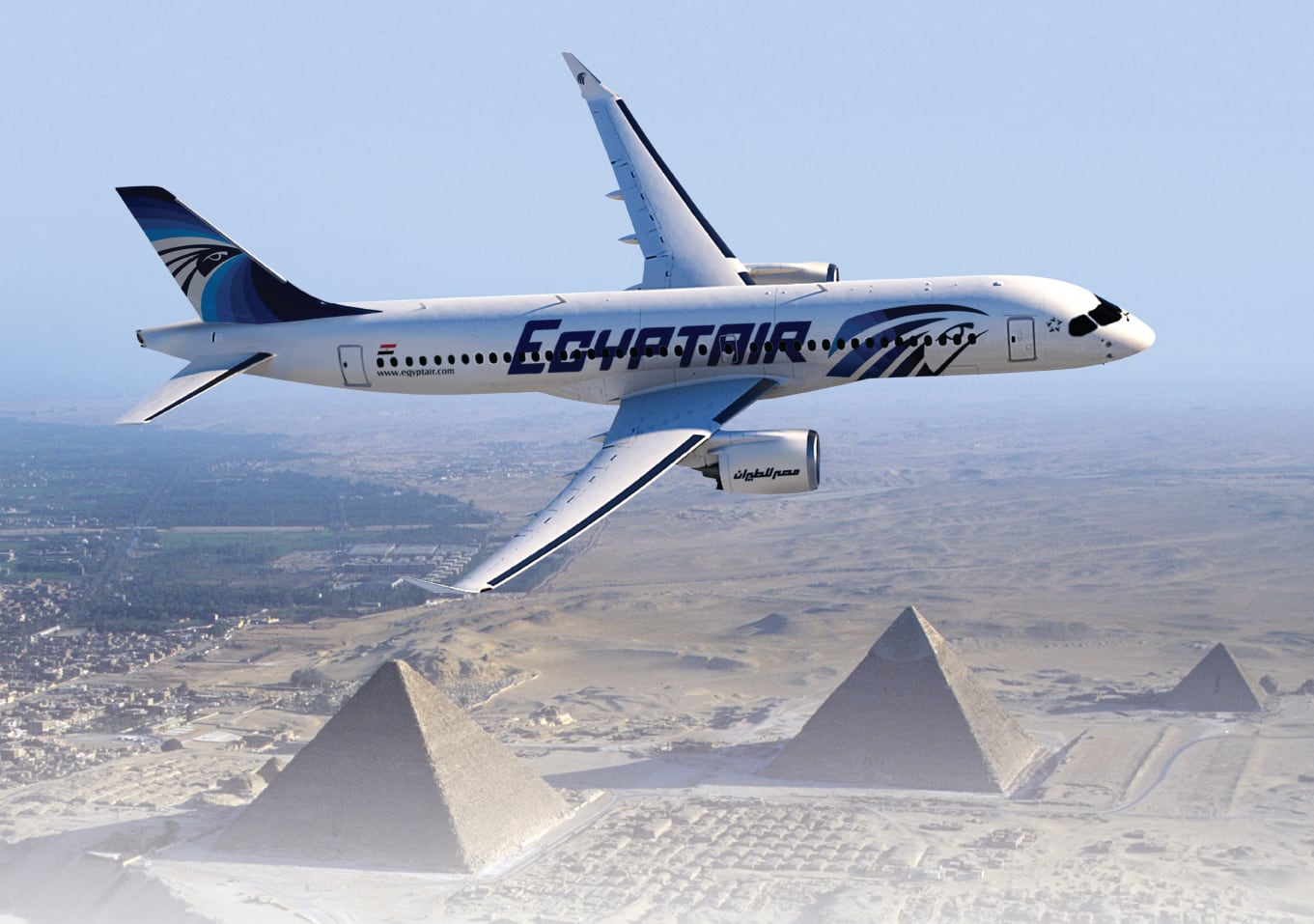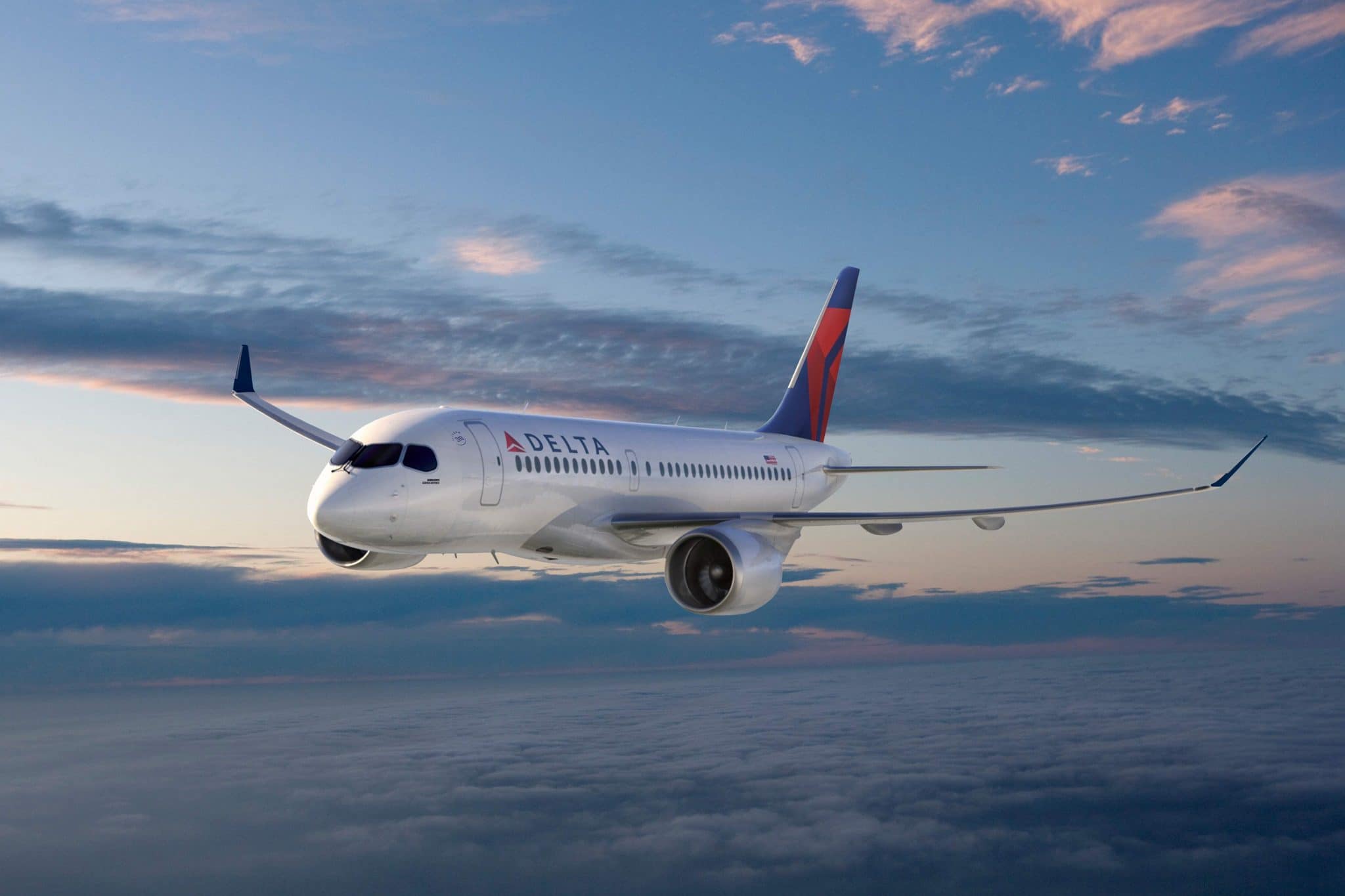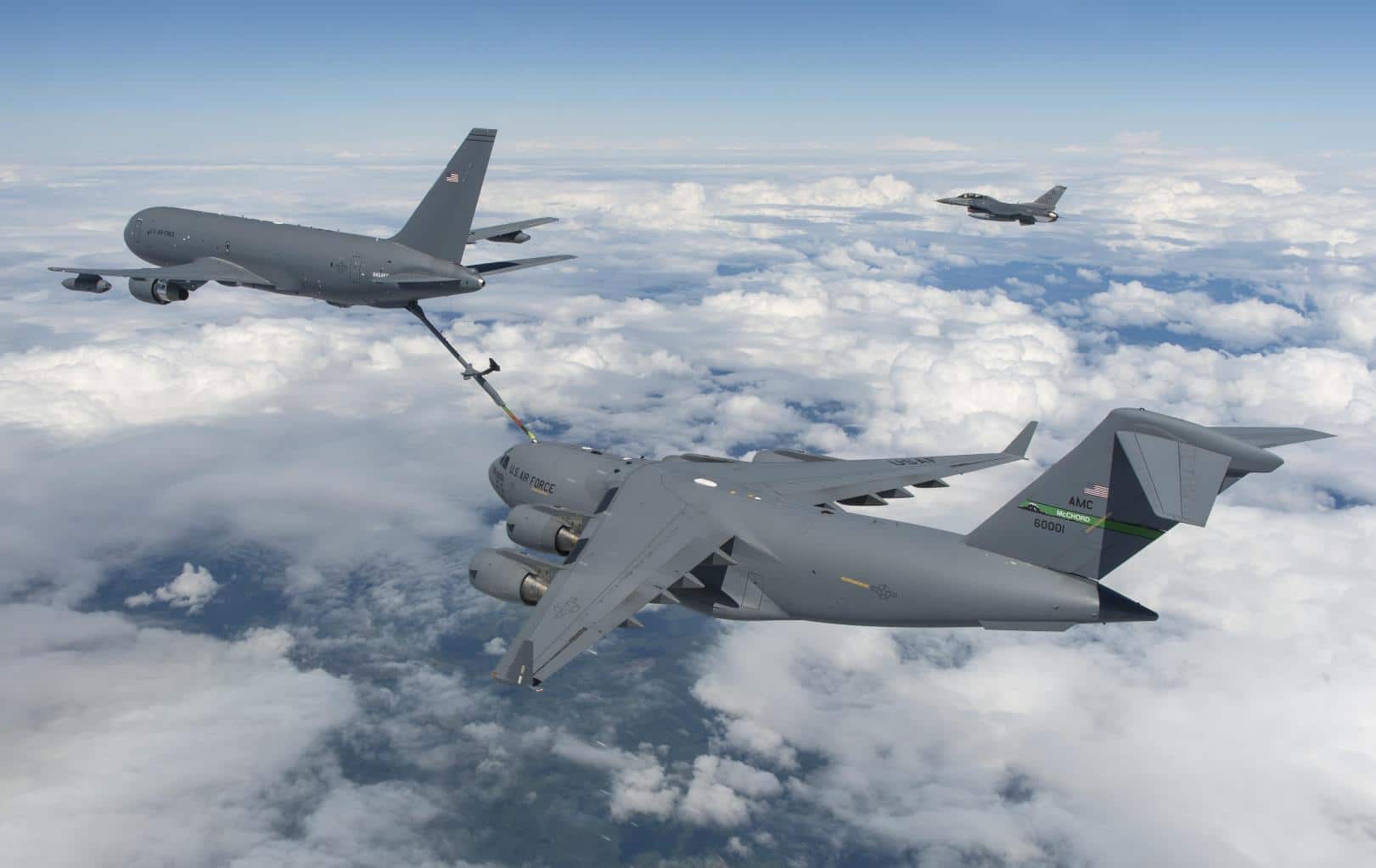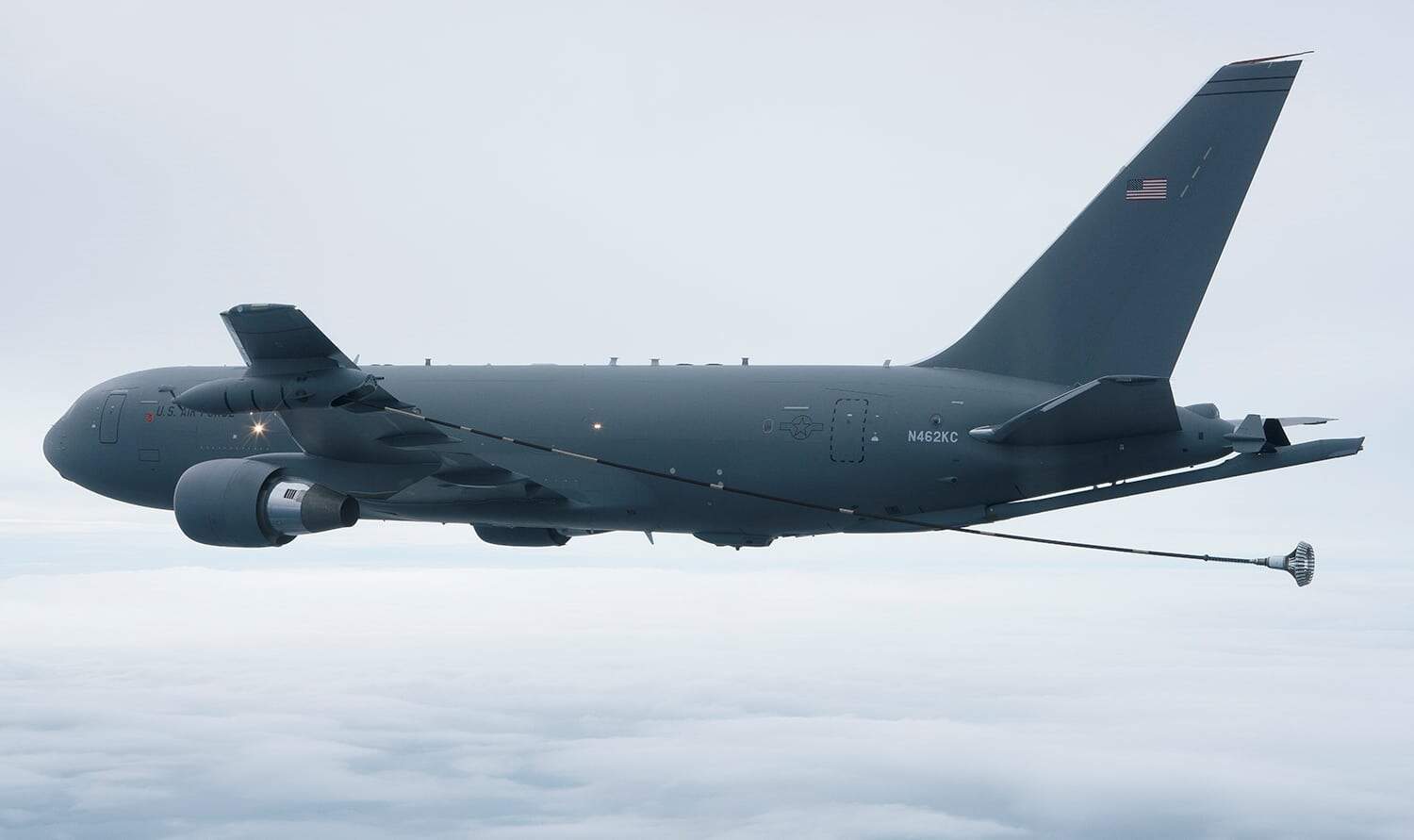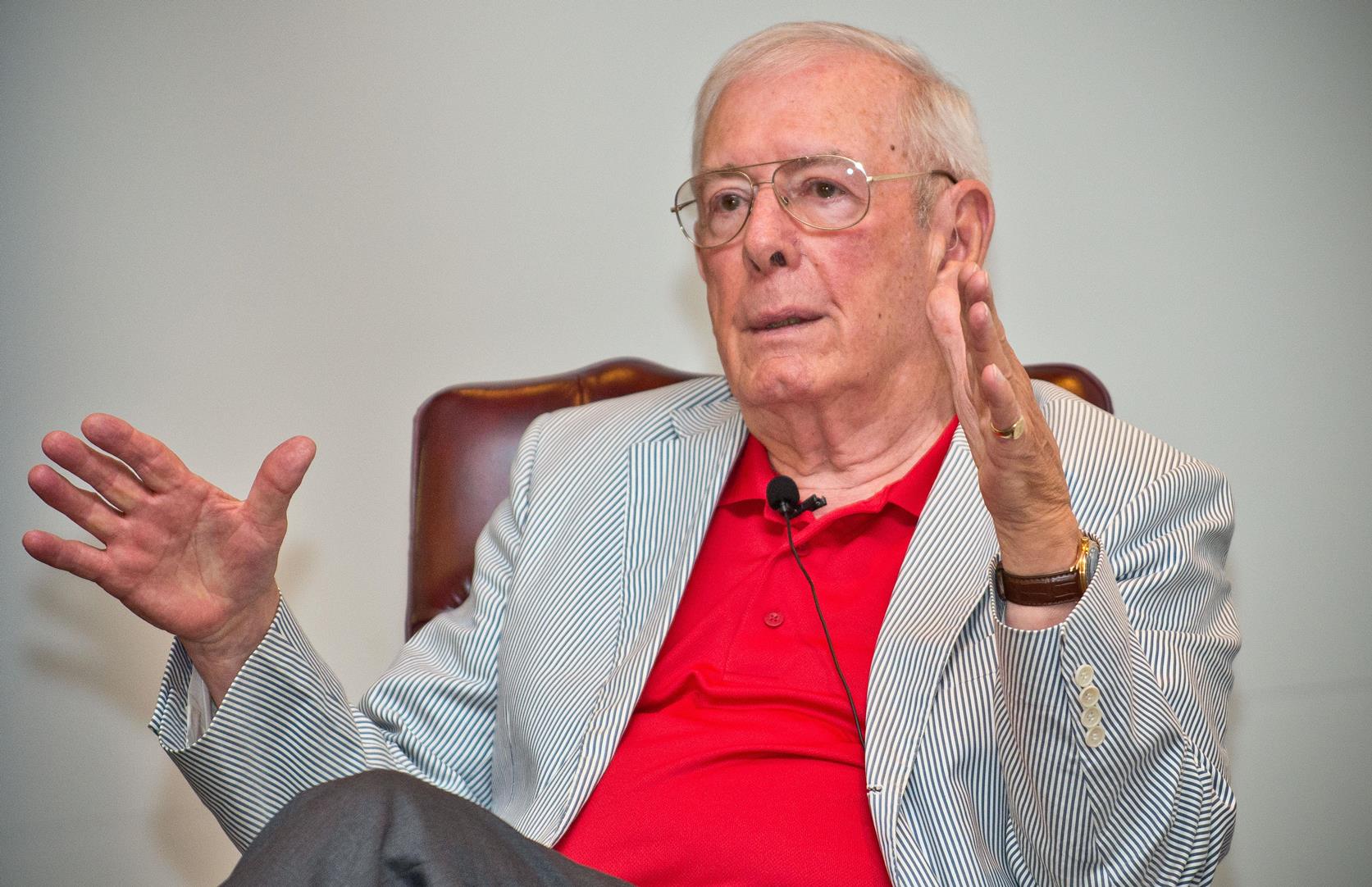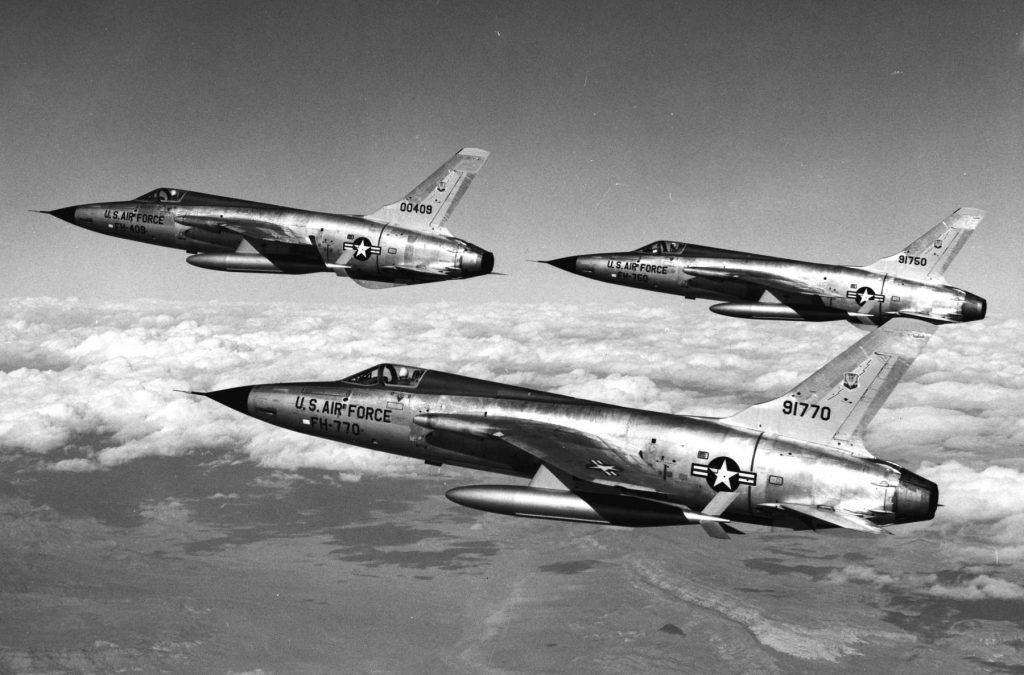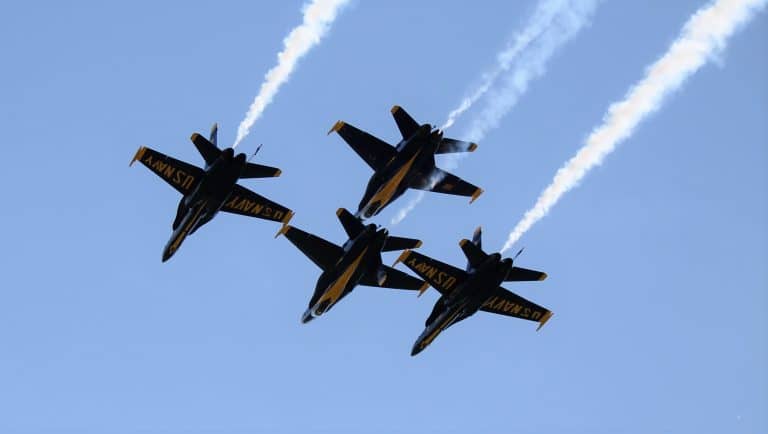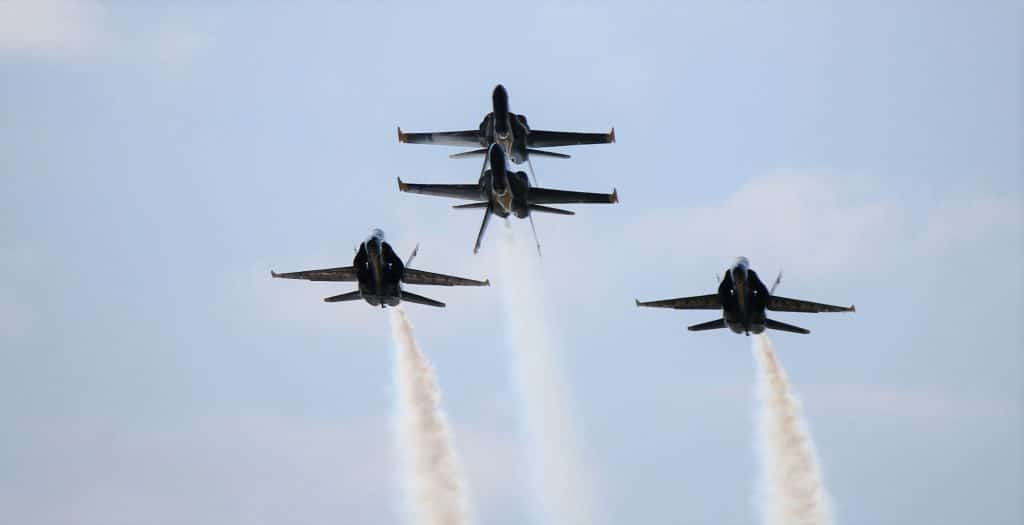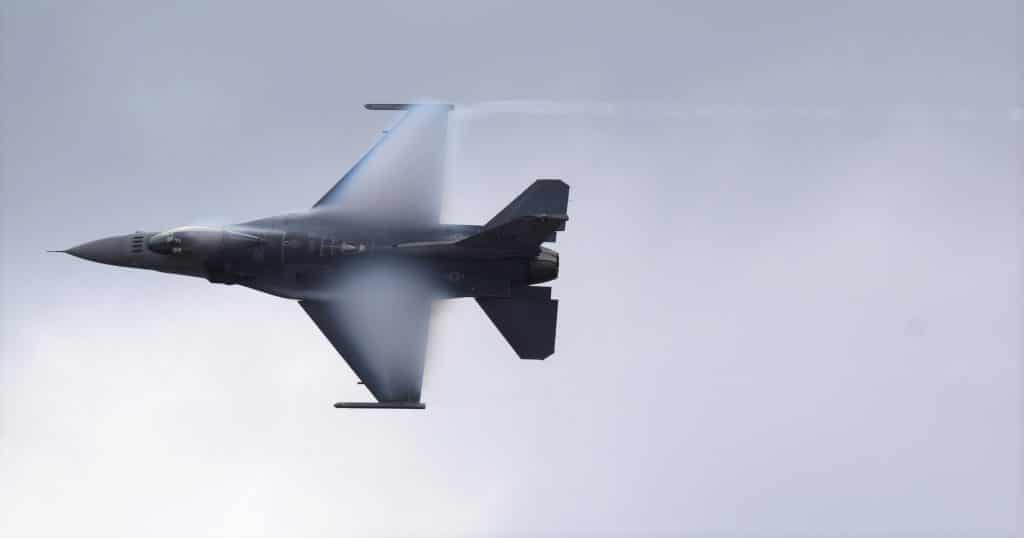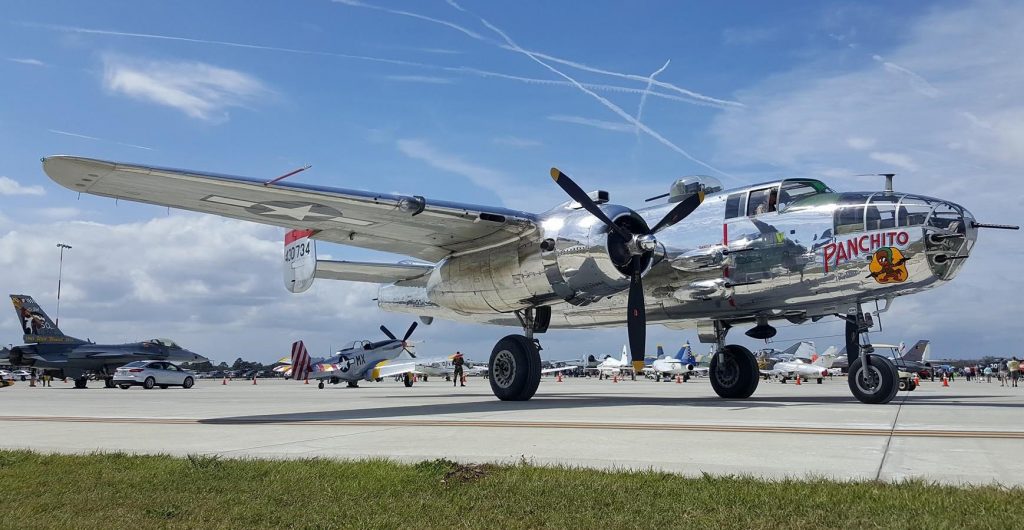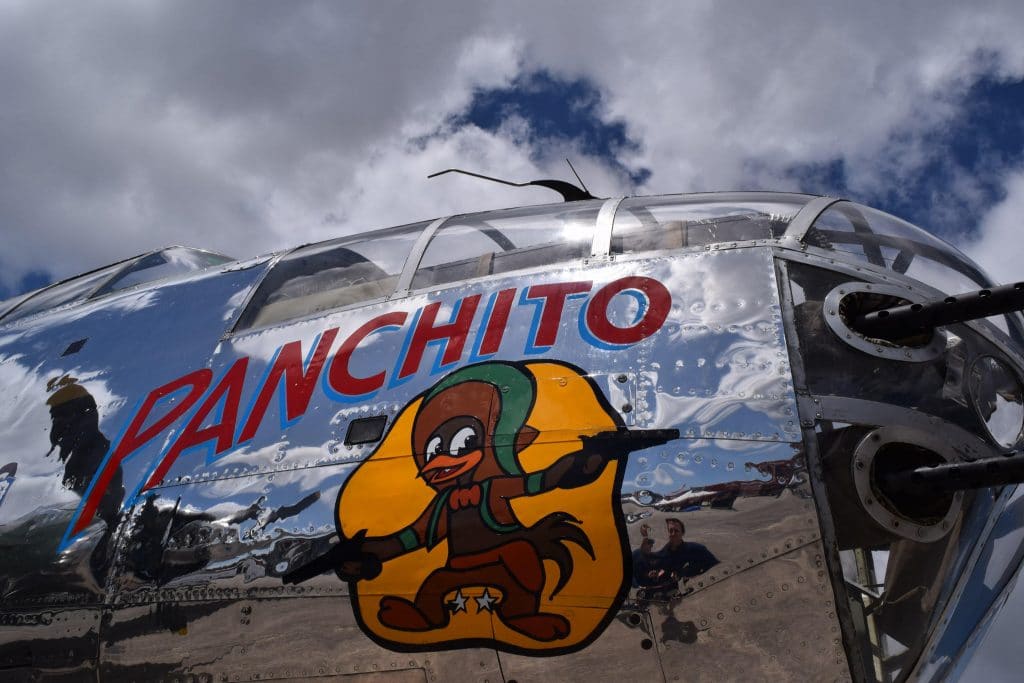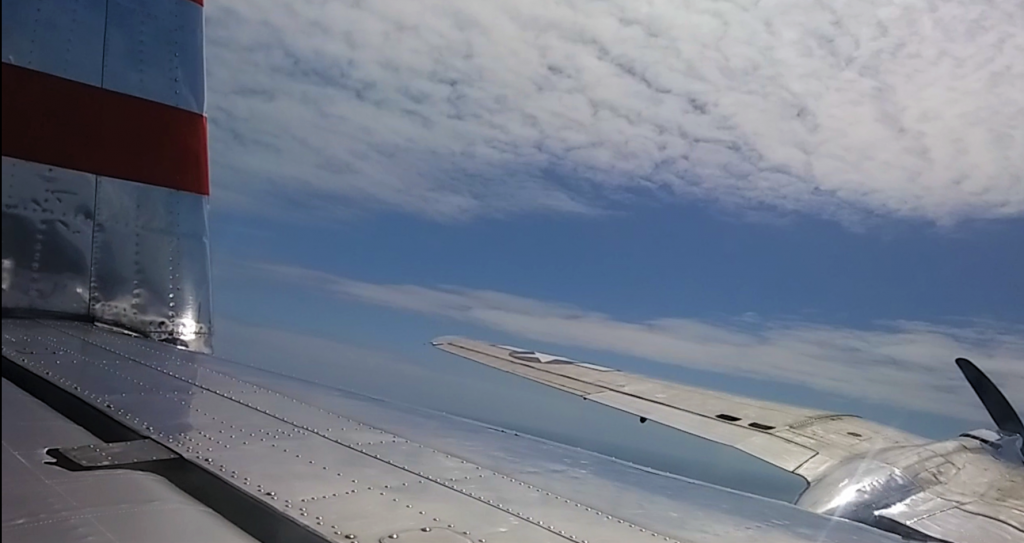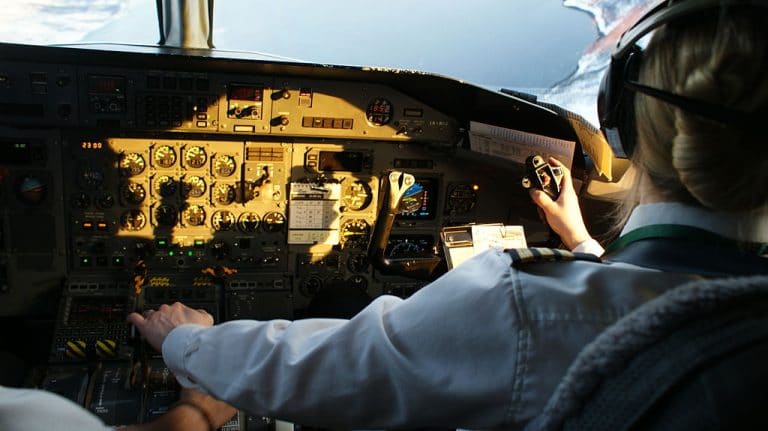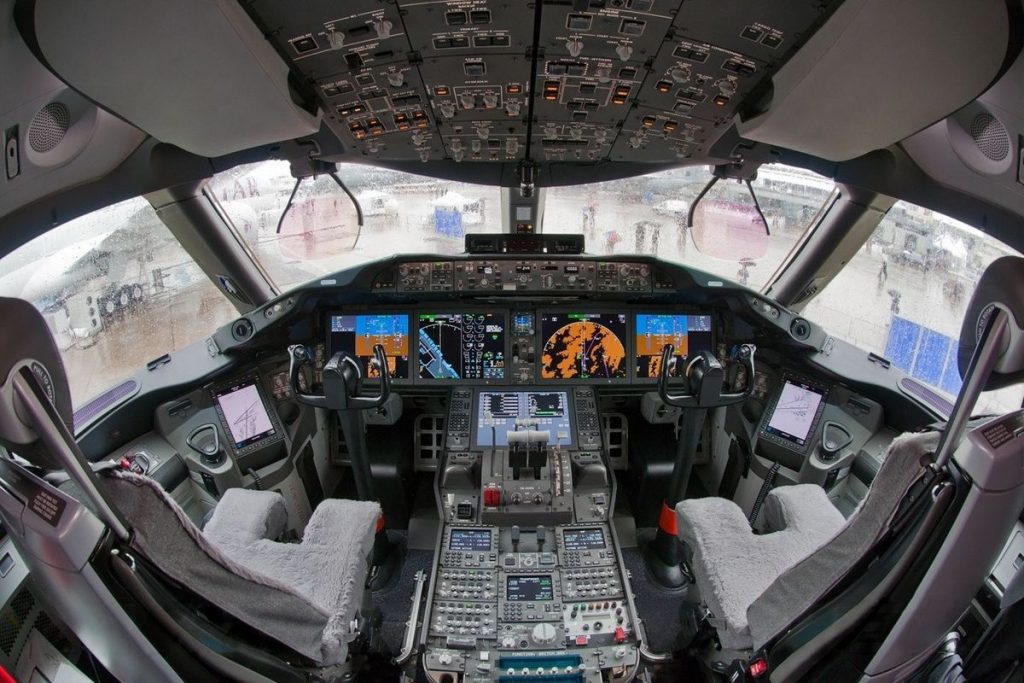ATLANTA — The United States Air Force F-22 Raptor Demonstration Team has announced their new pilot and a newly released schedule for 2018 as the fifth generation fighter prepares to return to select air show sites across the United States, Canada, and Chile.
Leading the Langley-based F-22 Raptor Demo Team is Major Paul “Loco” Lopez II who will begin his first of two seasons as the demo pilot. Major Lopez, the team’s first African-American pilot, will fly a nearly 30 minute performance at the air show sites demonstrating the handling characteristics of the most advanced fighter aircraft in the world.
Airfields with a long runway will see two F-22’s from the 44th Fighter Group from Tyndall Air Force Base, Fla. One aircraft will be on static display while the other performs before the crowds.
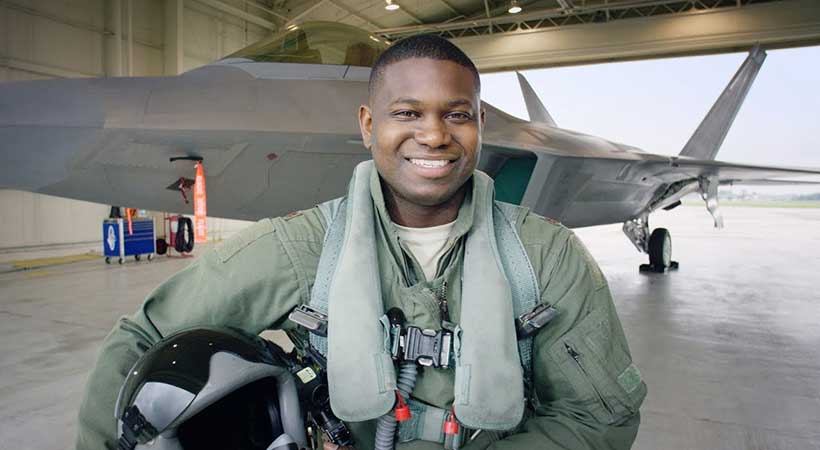
“We are absolutely thrilled to have the world’s most advanced jet fighter at our show is truly an honor,” Scott Buchanan of the Vectren Dayton (Ohio) airshow said. “The 2018 show is shaping up to be an amazing event that people definitely won’t want to miss.”
The new schedule reflects the never before executed flight demonstrations at two separate air shows on the same day. Major Lopez and his team will execute the rare feat on three separate days during the season.
On March 24, the Raptor team will perform at two popular air show sites east of Los Angeles which lie about 90 miles apart. The F-22 will perform both the demo and Heritage Flight over Lancaster, and later, perform only the Heritage Flight above Riverside.
Near the end of the season, two metro Atlanta air shows will share the F-22’s complete demo on both Saturday and Sunday. The Raptor will be the top headline act for the two air shows, one in Rome located in north Georgia, and the second located in the south Atlanta town of Hampton.
“The ACC F-22 Raptor Demo Team is scheduled to make dual appearances at both the Wings Over North Georgia Airshow and the Atlanta Airshow Oct. 13-14,” ACC spokesperson Jennifer Spradlin stated to this aerospace reporter on Friday. “The schedule may be adjusted based on budgetary uncertainty or command discretion.”
The Raptor’s four full-scale performances — including both the demo and Heritage Flights — will be a first for the demo team. Four complete performances within a 26 hour period.
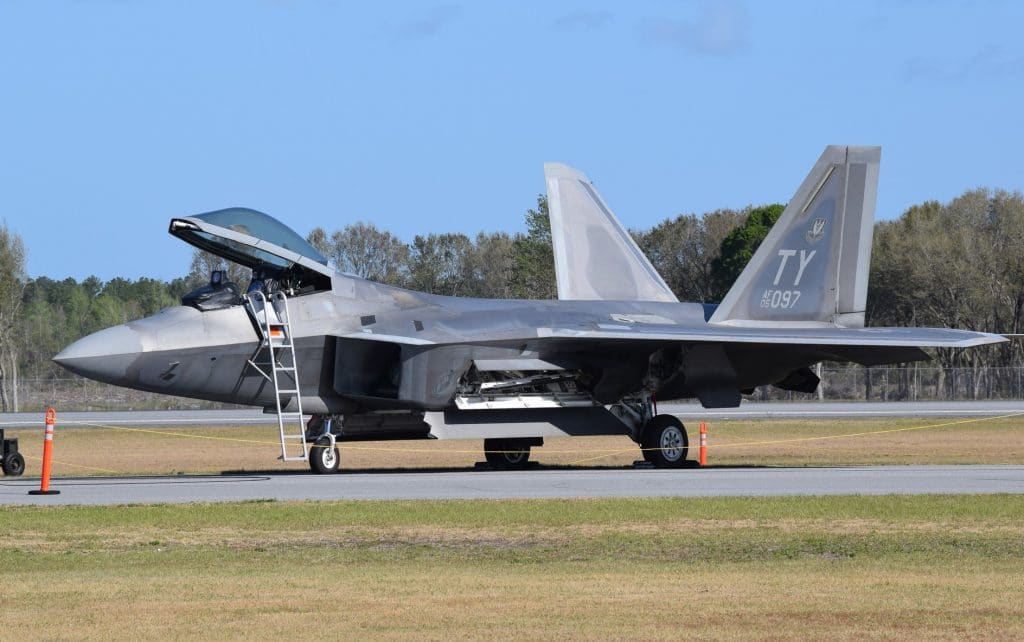
Both air shows are also located on either side of the cradle of the F-22. Each Raptor on active duty and reserve fleet were built and flight tested at Lockheed Martin Aeronautics and Dobbins Air Reserve Base in nearby Marietta. And, it will be from Dobbins in which Tyndall’s twin Raptors will be based from that weekend.
“The F-22 Raptor demonstration is a sight to see,” Atlanta Air Show president Bryan Lilley said on Monday. “Every F-22 in the Air Force fleet was built locally in the Atlanta area so it is special to have the Raptor headline our second annual event at Atlanta Motor Speedway.”
The Atlanta Airshow will take place over the air show industries first aerial stadium, while the Wings Over North Georgia will occur over the more traditional airfield of Rome’s Richard Russell Airport.
“It is an honor to be selected as one of the 2018 sites for the ACC F-22 demo team,” JLC Airshows president and former Air Force veteran John Cowman said as we walked the snow covered Rome airfield on Monday. “Their demonstration was clearly a fan favorite for our 2015 air show, and will serve as the perfect co-headliner with the recently returning A-10 Warthog Heritage Flight Team.”
While discussing the close locations of both shows on the same weekend, Cowman and Lilley both were very supportive of the other.
“They are two different markets — we are Atlanta and Rome is Chattanooga,” explained Lilley. “It just so happens that Dobbins ARB is right in the middle, which allows the F-22 to fly in two different markets in one weekend. This is beneficial to the USAF and both shows.”
The F-22 Raptor team will conclude their 2018 season with demonstration flights over the home of the U.S. Navy Blue Angels at NAS Pensacola in November.
Air Combat Command F-22 Raptor Demo Team’s 2018 schedule (UPDATED Feb. 21):
March 17 …………. Yuma Airshow at Marine Corps Air Station Yuma, AZ
March 24 …………. Riverside Airport Airshow in California
March 24/25 …….. L.A. County Airshow in Lancaster, California
April 3-8 …………… FIDAE International Air and Space Fair in Santiago, Chile
April 28 ……………. Beale AFB Airshow in California
May 5/6 …………… Joint Base McGuire-Dix-Lakehurst Open House in New Jersey
May 12/13 ……….. MacDill Airfest in Tampa, Fla.
May 18-20 ……….. Airpower Over Hampton Roads at JB Langley-Eustis, Virginia
May 26-28 ……….. Bethpage Airshow at Jones Beach, New York
June 9/10 …………..Thunder Over Niagara, New York
June 23/24 ……….. Vectren Dayton Airshow in Ohio
June 30-Jul 1 ……. Artic Thunder Open House in Anchorage, Alaska
July 21-22 ………… Cold Lake Airshow in Alberta, Canada
August 10-12 ……. Defenders of Freedom Air show at Offutt Air Force Base
August 18-19 ……. Terre Haute Airshow in Indiana
Sept. 8 …………….. 187 Flight Wing Open House in Montgomery, Ala.
Sept. 16 …………… JB Langley-Eustis, Virginia, VAANG Family Day
Sept. 22/23 ……….. NAS Oceana Airshow in Virginia
Sept. 29/30 ……….. MCAS Miramar Airshow in California
October 13/14 …… Wings Over North Georgia Airshow in Rome
October 13/14 …… Atlanta Airshow in Hampton, Georgia
October 20/21 …… Hammond, LA Northshore Regional Airshow
October 27 ……….. JB Langley-Eustis, Virginia Family Day
November 1-3 …… NAS Pensacola Airshow
(Charles A Atkeison reports on aerospace and technology. Follow his updates via social media @Military_Flight.)

